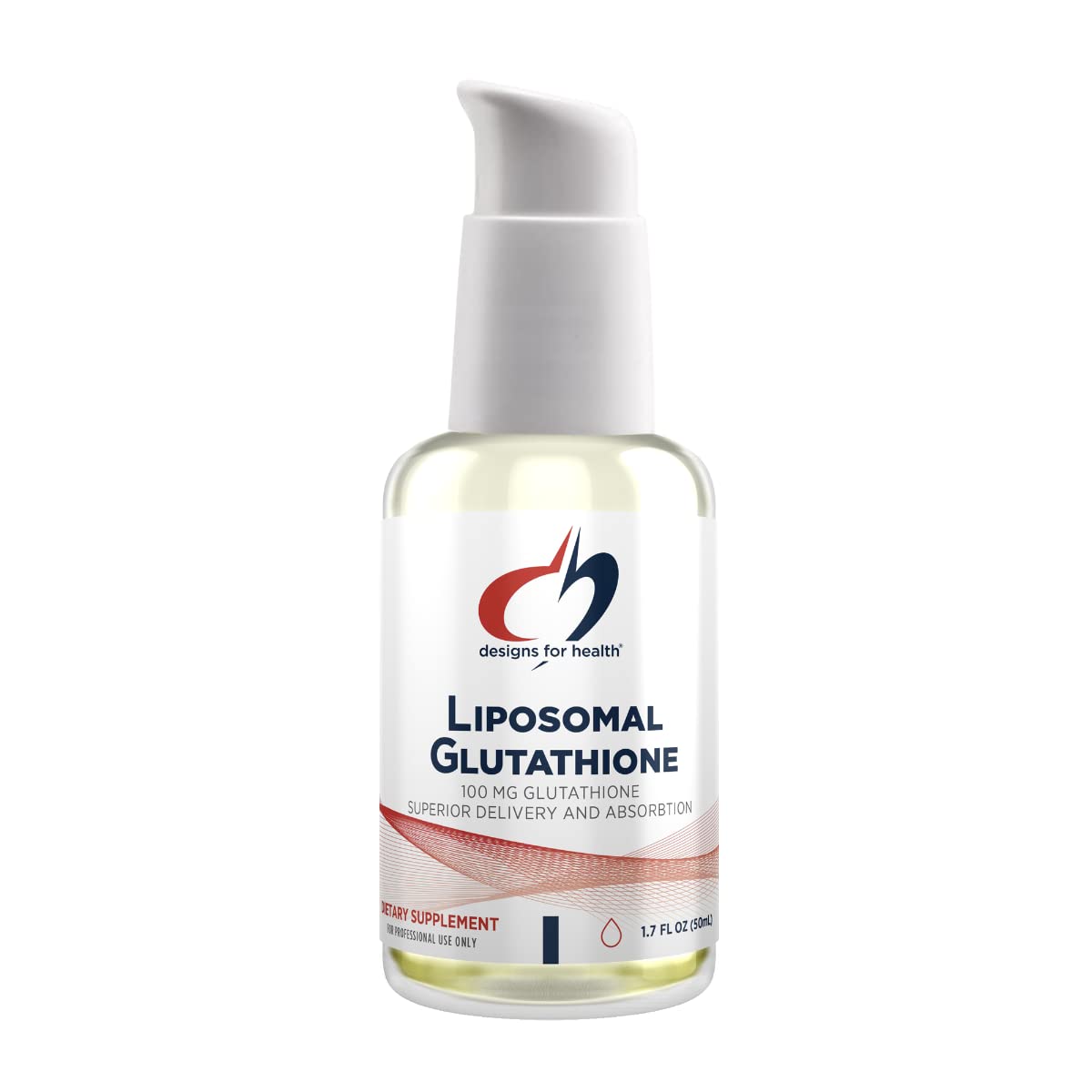Building Resilience to Environmental Toxins: Protecting Your Health in a Toxic World
Every day, we are exposed to an array of environmental toxins that pose significant threats to our health. These toxins, which include heavy metals, volatile organic compounds (VOCs), mold, and mycotoxins, infiltrate our lives through the air we breathe, the water we drink, the food we eat, and even the buildings we inhabit. Over time, chronic exposure to these substances can lead to a host of health issues, including inflammation, oxidative stress, and gut dysbiosis.
However, by understanding the sources and impacts of these toxins and taking proactive measures, we can build resilience and protect our health.
You may be interested in my webinar Building Resilinence To Enviorinmental Toxins, which forms part of The Resiliency Program.
Understanding Environmental Toxins and Their Sources
Heavy Metals
Heavy metals like lead, mercury, arsenic, and cadmium are naturally occurring elements, but industrialization and pollution have greatly increased human exposure.
Sources:
- Lead: Found in old paint, contaminated water from lead pipes, and soil near industrial sites.
- Mercury: Present in certain fish (e.g., tuna, swordfish) and dental amalgams.
- Arsenic: Found in contaminated groundwater and some rice products.
- Cadmium: Present in cigarette smoke, industrial emissions, and some fertilizers.
Health Impacts: Heavy metals disrupt cellular function by generating oxidative stress, impairing enzyme activity, and altering DNA repair mechanisms. (1)(2).
Mold and Mycotoxins
Mold is a common issue in damp or water-damaged properties, and it produces mycotoxins—small toxic molecules that can have severe health effects.
Sources:
- Water-damaged buildings.
- Contaminated foods like grains, nuts, and coffee beans.
Health Impacts: Mycotoxins can cause chronic inflammation, immune suppression, and neurological damage (3). Exposure can exacerbate respiratory conditions and contribute to chronic fatigue syndrome (4).
Volatile Organic Compounds (VOCs)
VOCs are chemicals released into the air from various products and industrial processes.
Sources:
- Household products: Paints, varnishes, cleaning agents, and air fresheners.
- Outdoor pollution: Vehicle emissions and industrial discharges.
Health Impacts: VOCs can irritate the respiratory system, damage liver and kidney function, and contribute to systemic inflammation through oxidative stress (5). Chronic exposure has also been linked to neurological disorders (6).
Pesticides and Herbicides
Chemicals used in agriculture to control pests and weeds can linger in the environment and on food.
Sources:
- Conventionally grown produce.
- Groundwater contamination.
Health Impacts: Many pesticides act as endocrine disruptors, interfering with hormonal balance. Long-term exposure has been linked to cancer, neurological conditions, and reproductive issues (7).
Plastics and Microplastics
Plastic pollution is a growing concern, with microplastics now found in air, water, and food.
Sources:
- Bottled water, seafood, and household dust.
Health Impacts: Plastic additives like phthalates and bisphenol A (BPA) are endocrine disruptors that can impair metabolic health and contribute to obesity and diabetes (8).
Mechanisms of Toxicity
Environmental toxins harm the body through several key mechanisms:
Inflammation
Many toxins trigger the release of inflammatory cytokines, which can lead to chronic low-grade inflammation. For instance, heavy metals like mercury activate pathways that stimulate pro-inflammatory responses (9).
Oxidative Stress
Toxins like VOCs and heavy metals generate reactive oxygen species (ROS), which damage cellular structures, proteins, and DNA (10).
Gut Dysbiosis and Leaky Gut
Certain toxins disrupt the gut microbiota, reducing beneficial bacteria and promoting the growth of harmful microbes. Mycotoxins and pesticides can damage the gut lining, increasing intestinal permeability (leaky gut), which allows toxins to enter the bloodstream and contribute to systemic inflammation (11).
Neurotoxicity
Some toxins, including mycotoxins and heavy metals, cross the blood-brain barrier and interfere with neurotransmitter function, leading to cognitive impairment and neurological diseases (12).
Building Resilience to Environmental Toxins
While we cannot completely avoid environmental toxins, there are effective strategies to reduce their impact on our bodies and enhance resilience.
Nutritional Strategies
Increase Dietary Fiber
Fiber binds to certain toxins, such as heavy metals and mycotoxins, in the gut and facilitates their elimination (13). Focus on whole grains, legumes, vegetables, and fruits.
Boost Antioxidant Intake
Antioxidants neutralise free radicals, reducing oxidative stress. Include foods rich in vitamin C (citrus fruits, peppers), vitamin E (nuts, seeds), and polyphenols (berries, green tea) (14).
Support Detoxification with Cruciferous Vegetables
Broccoli, kale, and Brussels sprouts contain sulforaphane, which enhances liver detoxification pathways (15).
Hydration and Sweating
Stay Hydrated: Adequate water intake supports kidney function and promotes the excretion of water-soluble toxins (16). Aim for at least 2 liters of water daily, depending on activity levels.
Use Saunas and Exercise to Promote Sweating
Sweating helps eliminate certain toxins, including heavy metals. Infrared saunas are particularly effective for detoxification (17).
Support Lymphatic Health
The lymphatic system plays a key role in toxin removal. Encourage its function by:
Practicing dry brushing.
Engaging in regular physical activity.
Using lymphatic massage techniques (18).
Optimise Gut Health
Probiotics: Supplementing with probiotics can help restore a healthy gut microbiota balance, protecting against dysbiosis caused by toxins (19).
Prebiotics: Foods like garlic, onions, and bananas feed beneficial gut bacteria, enhancing their resilience.
Reduce Exposure to Toxins
Air Quality: Use air purifiers to reduce indoor pollutants like VOCs and mold spores. Ensure proper ventilation and consider using non-toxic cleaning products.
Water Quality: Install water filtration systems to remove heavy metals, pesticides, and microplastics.
Food Choices: Choose organic produce to reduce pesticide exposure and avoid processed foods containing additives.
Supplementation
Glutathione: This powerful antioxidant supports detoxification and protects cells from oxidative damage (20).
Activated Charcoal: Can bind to certain toxins in the gut and assist in their removal (21).
N-acetylcysteine (NAC): A precursor to glutathione, NAC enhances the body’s detoxification capacity (22).
Conclusion
Environmental toxins are a pervasive threat, but by understanding their sources, mechanisms of harm, and ways to mitigate exposure, we can take meaningful steps to protect our health. Strategies like optimising nutrition, supporting detoxification, improving gut and lymphatic health, and reducing exposure can significantly enhance resilience. By adopting these practices, you can empower yourself to not only survive but thrive in a toxic world.
References
- Tchounwou, P. B., et al. (2012). Heavy metal toxicity and the environment. Exp Suppl. (click here)
- Valko, M., et al. (2005). Free radicals and antioxidants in normal physiological functions and human disease. International Journal of Biochemistry & Cell Biology.
- Etzel, R. A. (2006). Indoor mold and children’s health. Environmental Health Perspectives.
- Straus, D. C. (2001). The possible role of mold and mycotoxins in sick building syndrome. Frontiers in Bioscience.
- Rumchev, K., et al. (2007). Indoor air pollution from VOCs and health outcomes. Toxicology Letters.
- Kim, S., et al. (2001). Effects of volatile organic compounds on human health. The Science of the Total Environment.
- Mostafalou, S., & Abdollahi, M. (2013). Pesticides and human chronic diseases. Advances in Molecular Toxicology.
- Galloway, T., & Lewis, C. (2016). Marine microplastics spell big problems for human health. Environmental International.
- Jaishankar, M., et al. (2014). Toxicity, mechanism, and health effects of some heavy metals. Interdisciplinary Toxicology.
- Pham-Huy, L. A., et al. (2008). Free radicals, antioxidants in disease and health. International Journal of Biomedical Science.
- Vitetta, L., et al. (2013). Gut microbiota and leaky gut syndrome. Journal of Clinical Nutrition.
- Mutter, J., et al. (2010). Mercury and neurodegenerative diseases. Journal of Alzheimer’s Disease.
- Kuo, S. M. (2013). The interplay between fiber and the intestinal microbiome in the gut environment. Advances in Nutrition.
- Wojcik, M., et al. (2010). Antioxidant properties of vitamin C in the prevention of chronic disease. Journal of Nutrition and Biochemistry.
- Fahey, J. W., et al. (2012). Sulforaphane: Translational research from laboratory bench to clinic. Nutrition Reviews.
- Popkin, B. M., et al. (2010). Water, hydration, and health. Nutrition Reviews.
- Sears, M. E., et al. (2012). Infrared sauna use in the treatment of chronic diseases. Journal of Clinical Medicine Research.
- Swartz, M. A. (2001). The physiology of the lymphatic system. Advanced Drug Delivery Reviews.
- Ouwehand, A. C., et al. (2002). Probiotic and other functional microbes: from markets to mechanisms. Current Opinion in Biotechnology.
- Townsend, D. M., et al. (2003). The importance of glutathione in human disease. Biomedicine & Pharmacotherapy.
- Al-Busafi, S. A., et al. (2011). Activated charcoal for therapeutic use. Saudi Journal of Gastroenterology.
- Rushworth, G. F., & Megson, I. L. (2014). The use of N-acetylcysteine in clinical practice. Trends in Pharmacological Sciences.
Alex is a certified Functional Medicine Practitioner (IFMCP) and has a MSc in Personalised Nutrition. He is also a breathwork facilitator with a background in personal training and massage therapy. He also runs The Resiliency Program - a 24 week program aimed at building physical, mental, emotional, and spiritual resilience.






